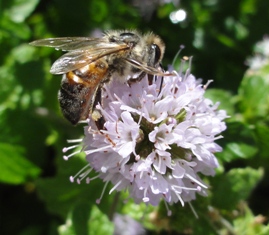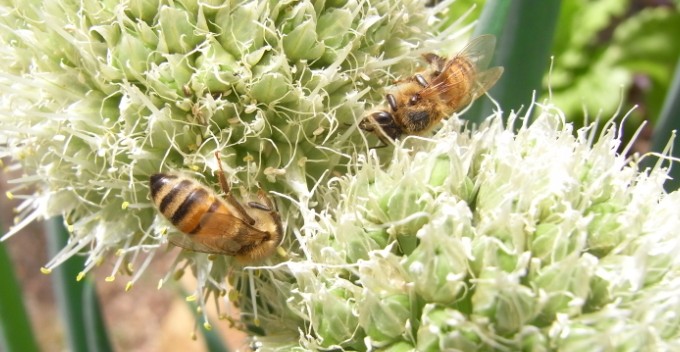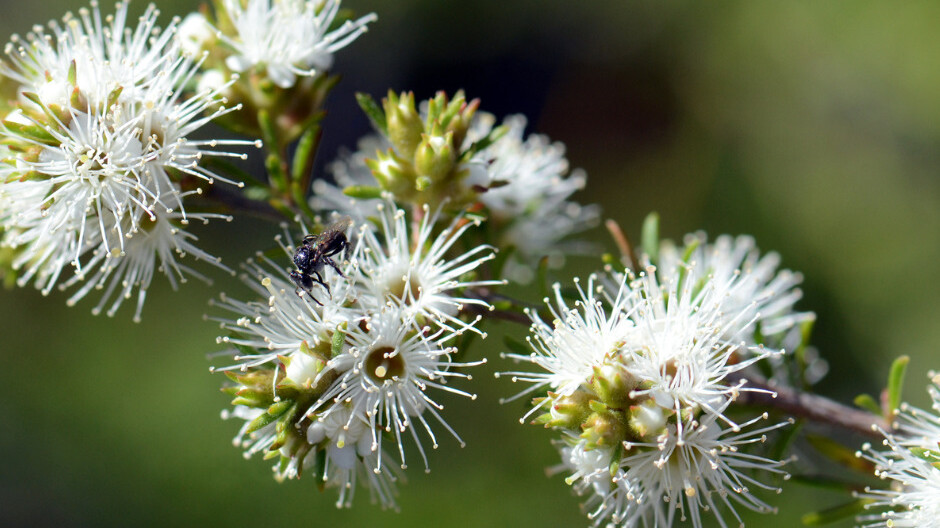Some good news from the European Union this week where a two year restriction on the use of neonicotinoid chemicals, the world’s most used insecticide has been introduced to take effect from 1st December 2013. This decision is a result of strong community lobbying based on increasing scientific evidence that links the use of neonicotinoid chemicals to the serious decline in bee populations across North America and Europe.
Bees are significant pollinators and are essential for global food production and consequently global food security. They are estimated to pollinate about 30% of food crops world wide. In South West China, the heavy use of pesticides has completely wiped out bee populations over the past two decades and farmers and orchardists are forced to pollinate by hand with feathers dipped in pollen jars.
In the UK, the beekeepers’ association has predicted the total loss of honeybees in that country within the next decade if nothing is done to try to protect them.
Neonicotinoid chemicals are a chemical group that include imidacloprid,
Whilst neonicotinoid chemicals are being targeted in this ban, other common chemicals and environmental factors are also known to be contributing to the decline of bee populations. These include large scale monocultures, habitat loss, climate change and prolonged drought.
Here in Australia neonicotinoids are still on the market although a review on their use and effect on bees is currently being undertaken by the Australian Pesticides and Veterinary Medicines Association (APVMA), the government’s regulating body. Both the US Environmental Association and the APVMA have decided not to remove these chemicals from sale whilst they conduct their reviews of neonicotinoids.

For natural methods of pest control, visit
https://www.sgaonline.org.au/?tag=pests&orderby=title&order=asc
For additional information read
http://theconversation.com/neonicotinoid-ban-eases-the-stress-on-bees-13819.
Photos:
Banner: Elaine Shallue
Honey Bee on Parrot Pea: Mary Trigger
Bee on Mint: Elaine Shallue
Related Articles:
Wildflower gardens – What’s the buzz about?
In the quest for sustainable and environmentally conscious practices, gardening enthusiasts and nature lovers alike are turning to a time-tested…
Garden Journaling – Slow down to tune in.
As we move through the year and our gardens evolve, there's something magical about documenting the journey. Garden journaling is an art that enables…





